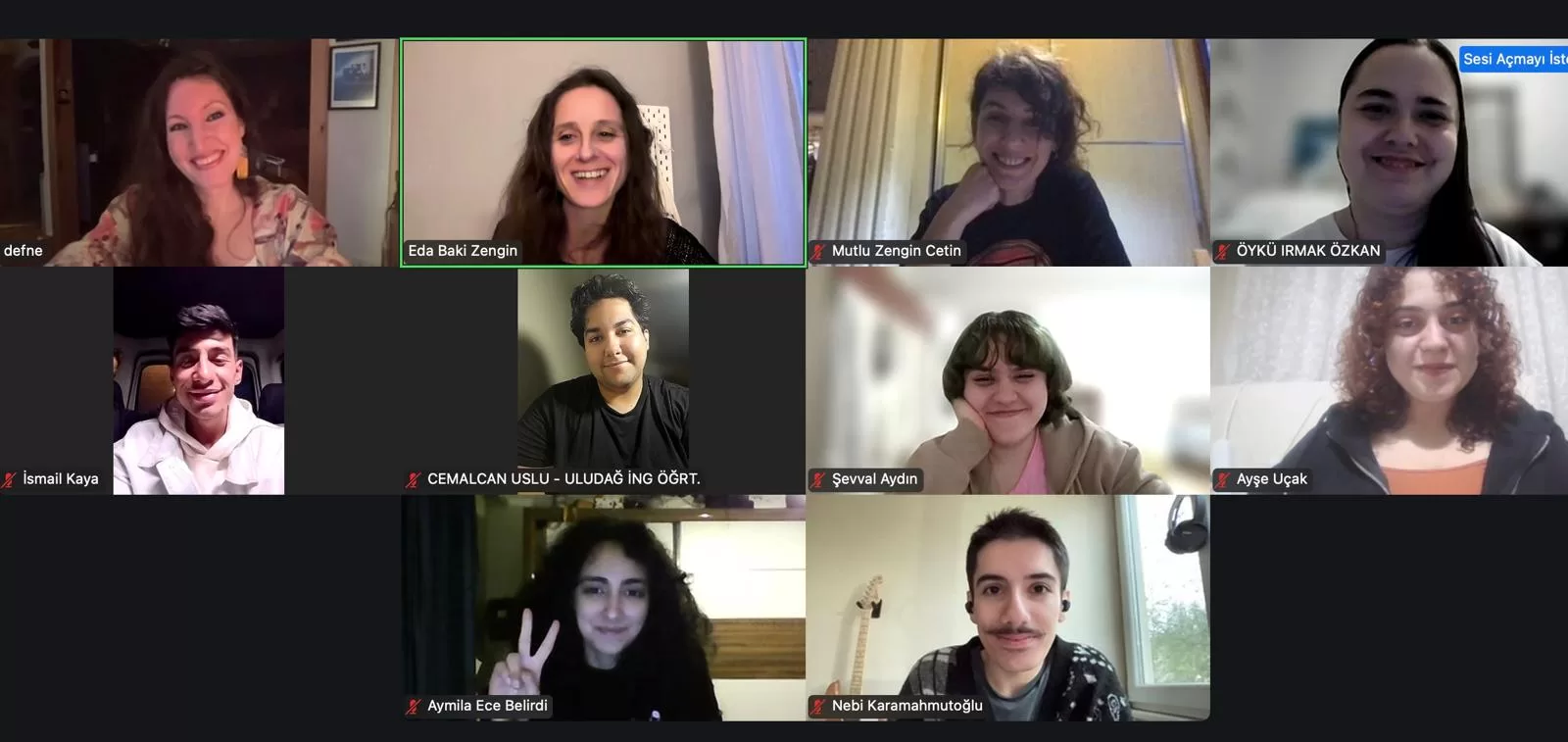Welcome to this blog on mindfulness in language teaching! Take a deep breath, and let’s explore how mindfulness can enhance both personal and professional dimensions of your life. This post not only explains what mindfulness is and its role in language teaching, but it also offers practical strategies for incorporating it into your language lessons. Often, as we begin to explore mindfulness, we’re drawn to apply it first in our own lives. As we experience the calm and focus it brings, we naturally feel inspired to extend this practice to our interactions with family, friends, colleagues, and students. In the photo, you can witness one of the moments when I felt mindfulness in my bones thanks to the beauty of nature.
In our fast-paced, technology-driven world, it’s easy to lose connection with the present moment. We’re often so focused on what we’re doing that we miss out on the subtle experiences of simply being—breathing, feeling our physical movements, noticing sensations, and even recognizing our existence as full, three-dimensional beings. Practicing mindfulness can help us reconnect with our surroundings and ourselves, enhancing awareness of what we feel, hear, see, taste, and smell.
Mindfulness is the practice of being fully present, observing the quality of our attention, and accepting whatever we notice with a nonjudgmental, kind awareness (Kabat-Zinn, 2003). It’s not a destination but a journey, one that spans a variety of disciplines—from psychology and medicine to business and education. In education, and particularly in language teaching, research has shown that mindfulness can improve emotional well-being, focus, and resilience for both students and teachers (Davidson & Begley, 2012; Greenberg, 2023; Jennings, 2015). By fostering awareness, emotional regulation, and concentration, mindfulness creates a more supportive and effective language-learning environment. It helps reduce anxiety, enhances cognitive flexibility, and improves memory and confidence, all by encouraging non-reactive, non-judgmental awareness of our emotions, thoughts, and bodily sensations (Baer et al., 2006).
Language teachers can incorporate mindfulness into their lessons in many ways. Breathing exercises, mindful listening, and attentive speaking, reading, and writing activities are all simple yet powerful methods to create a more mindful learning experience. These can be used as standalone exercises or woven into skill-based activities that engage emotions, thoughts, and sensations. For instance, starting or ending a lesson with a breathing exercise can serve as a warm-up or calm-down activity. Or, to integrate mindfulness more deeply, teachers might include sensory experiences in language tasks. Students could imagine themselves in a photo related to a lesson topic, considering the atmosphere, thoughts, and emotions it evokes, or step into the shoes of a character in a reading passage to discuss their feelings and perceptions before, during, and after reading.
Integrating mindfulness into language teaching opens up countless opportunities for a richer, more engaging learning atmosphere. By doing so, we create a supportive environment that enhances both teaching and learning experiences, making language lessons not just a time to learn words, but also a chance to cultivate awareness and connection.
References
Baer, R.A., Smith, G.T., Hopkins, J., Krietemeyer, J., & Toney, L. (2006). Using self-report assessment methods to explore facets of mindfulness. Assessment, 13(1), 27–45.https://doi.org/10.1177/1073191105283504
Davidson, R. J. & Begley, S. (2012). The emotional life of your brain: How its unique patterns affect the way you think, feel, and live and how you can change them. Penguin.
Greenberg, M. T. (2023). Evidence for social and emotional learning in schools. Learning Policy Institute. https://doi.org/10.54300/928.269
Jennings, P. A. (2015). Mindfulness for teachers: Simple skills for peace and productivity in the classroom. WW Norton & Company.
Kabat-Zinn, J. (2003). Mindfulness-based interventions in context: past, present, and future. Clinical Psychology, 10(2), 144-156. https://doi.org/10.1093/clipsy.bpg016
ABOUT THE AUTHOR




